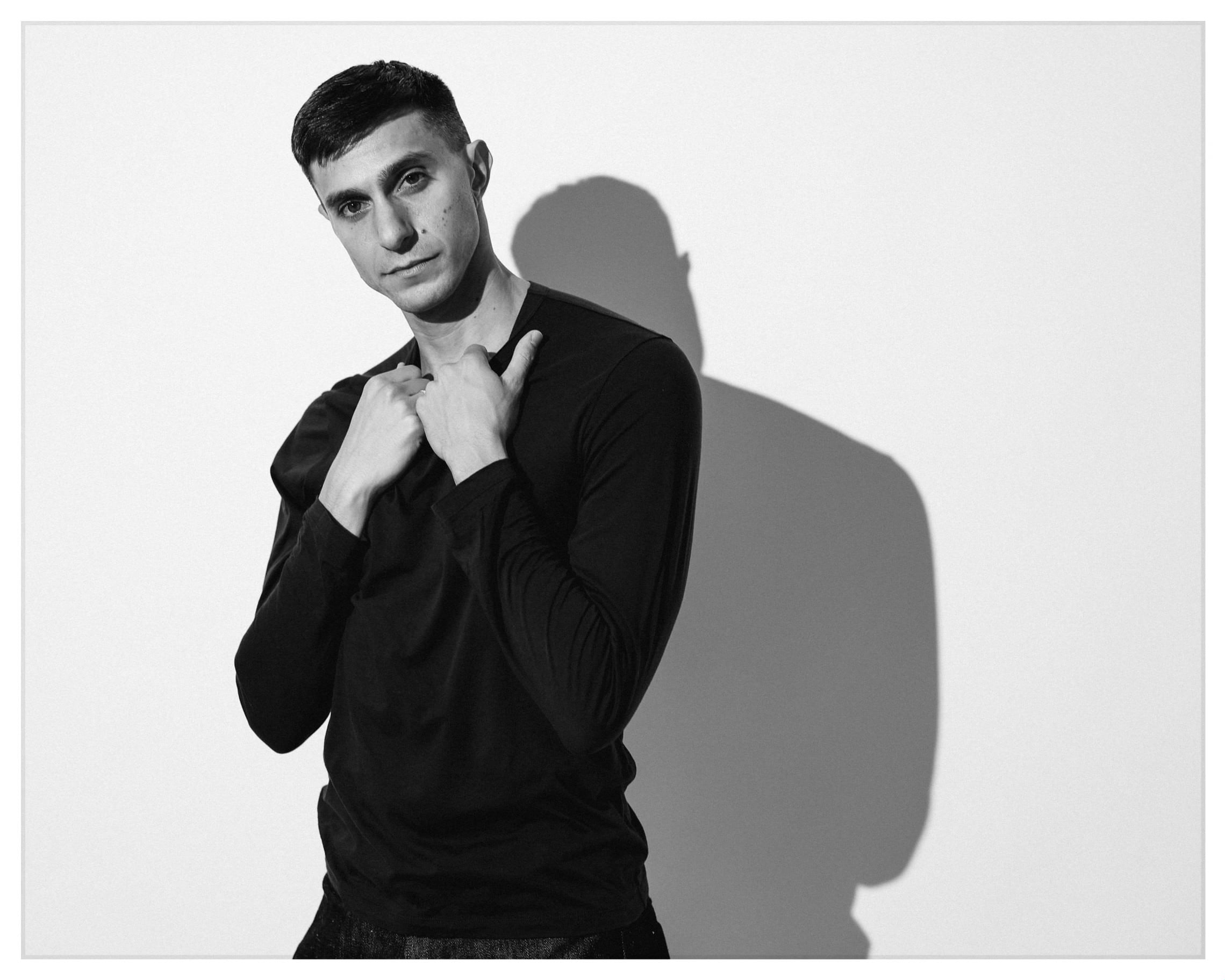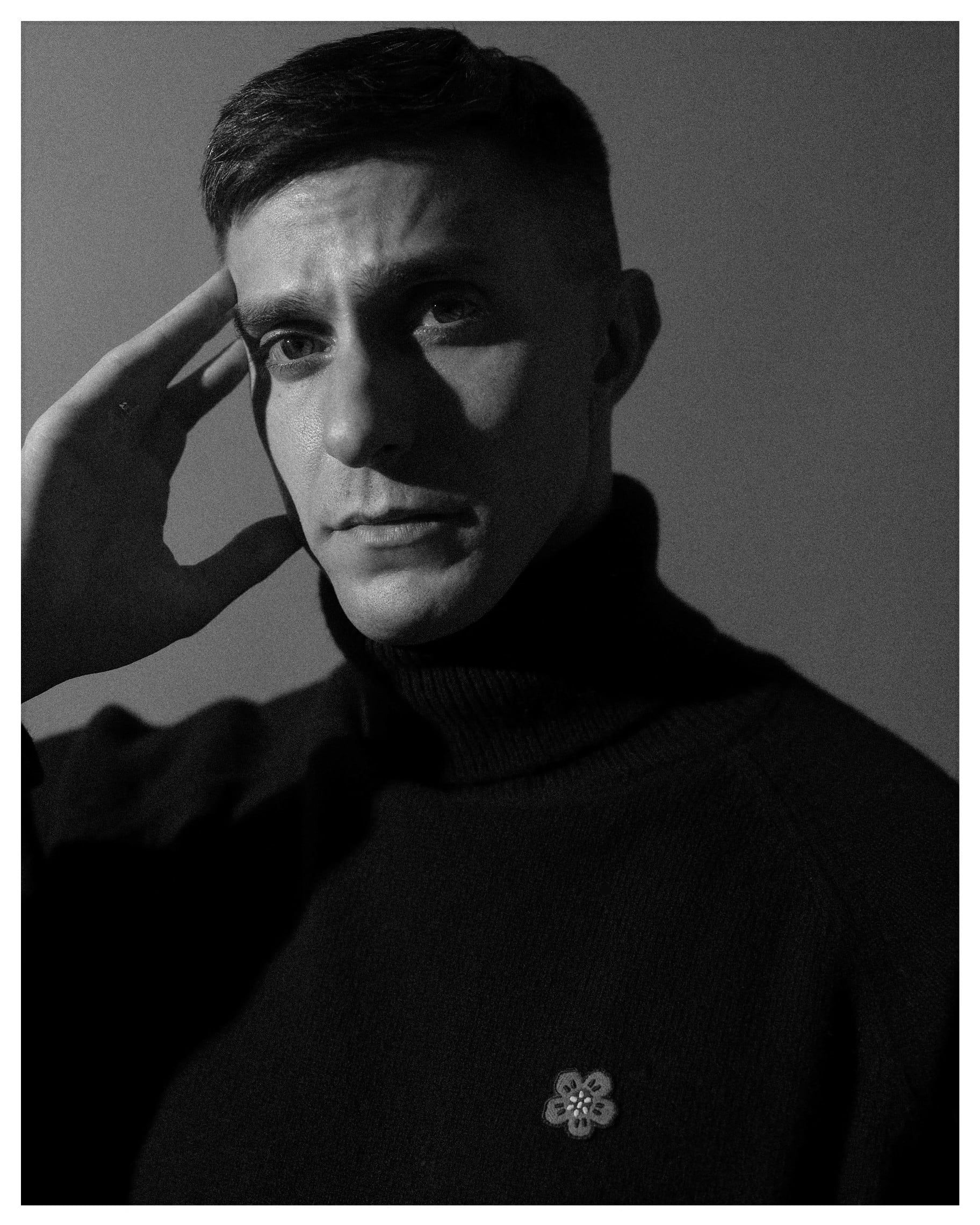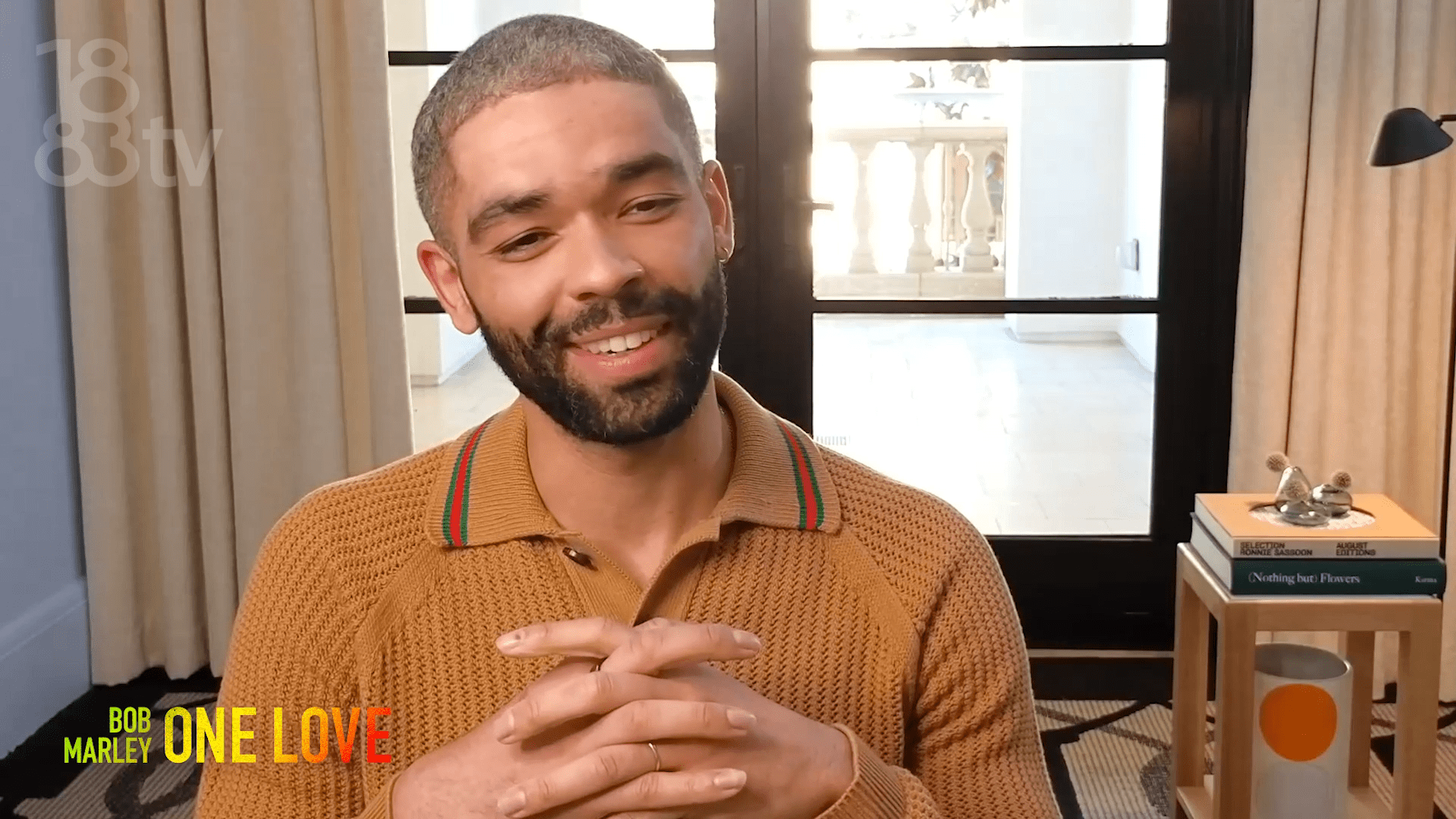
Gideon Glick
Gideon Glick’s journey through the cinematic landscape is marked by a commitment to authenticity, a thirst for exploration, and a passion for narratives that transcend boundaries.
Gideon Glick is a shining example of versatility in the field of cinematic art, deftly delving into the depths of characters throughout historical settings and creative universes. Gideon’s cinematic journey is a tapestry woven with complexity and profound study, from his next ballet project, Étoile, to his mysterious depiction of Tommy Cothran in Maestro, which deftly unravels the intricacies of a historical relationship.
Exploring the many aspects of Glick’s work, the actor provides insights into the struggles and discoveries that influence his treatment of characters and the things that shape his performance — such as the relationships on the set, where Bradley Cooper’s dual roles as director and co-star on Maestro added layers of realism and the painstaking research that gave Tommy Cothran’s character life. The film serves as a biographical romantic drama focusing on the relationship between American composer Leonard Bernstein and his wife Felicia Montealegre while touching on the American musicologist and composer Cothran who was a renowned figure in the industry. In particular, he was notable for his work and personal relationship with Bernstein himself.
Looking ahead to his upcoming project in Paris and the tales that await, it’s evident that Gideon’s artistry is an ever-evolving force, shaping and being shaped by the diverse characters he brings to life. In an industry that often seeks labels, Gideon stands as a testament to the richness and diversity within the queer experience. His portrayal of characters goes beyond stereotypes, contributing to a broader narrative that reflects the vast spectrum of human emotions and identities.
As the curtain rises on 2024, 1883 chats with Gideon Glick about his remarkable journey to Maestro, his upcoming work, and his project selection process, and more.
To kick things off, in Maestro, your character Tommy Cothran plays a significant role in shaping the dynamics between Leonard and Felicia. Can you walk us through your approach to portraying a character like Tommy, whose presence adds complexity to this intricate love story?
Delving into Tommy’s character was a process of extensive research. I immersed myself in literature and conversations with people who could provide insights into crafting a genuine representation. It’s challenging to depict individuals from a certain era, especially when their relationship was not publicized. There was limited information available. Tommy and Lenny had an open relationship within their inner circle. They lived together in California and New York for years, but their connection wasn’t public. Crafting the character was about establishing a visceral and vital connection with Bradley, who played Lenny. The audience needed to sense the uniqueness of their relationship and understand its impact on the dynamics between Felicia and Debbie.
Speaking of Bradley, in Maestro you not only acted alongside him but he also directed the film. How did this immersive collaboration influence your performance and the overall atmosphere during filming?
Working with Bradley was incredibly thrilling. The typical pre-action anxiety you often feel as an actor was absent on set. The environment was loose and playful, a testament to Bradley’s approach. He created an atmosphere where we could take risks and trust our instincts. Bradley kept the cameras rolling during improvisations. Interestingly, during auditions, there wasn’t a specific inquiry about improvisation skills, but Bradley’s trust in actors to bring spontaneity was truly empowering. His immersive commitment as both actor and director set the tone for the entire cast. It felt like a unique experience where you could explore your versatility as an actor and let that influence the character you’re portraying.
That sounds like an amazingly immersive creative space. Moving on to your preparation for the role of Tommy, you mentioned extensive research and understanding the real person. What were the challenges and discoveries you encountered while researching a character with limited archival information?
Researching a character like Tommy required being a detective, filling in gaps with imagination, and creating a fully fleshed-out persona. Imagining their shared experiences and crafting plausible stories was crucial, especially in a period piece where improvisation as a real person adds complexity. The challenge was to honour the real person, considering the limited available information, and ensure authenticity. As a gay man, it was also about honouring the historical LGBTQ+ narrative and showcasing the depth of their connection.
Your approach to each role is intriguing. Is this method of deep research and imaginative filling applicable across all the projects you undertake, or is it specific to certain genres or periods?
Approaching a character varies for each project. There’s no one-size-fits-all method. Sometimes the connection clicks instantly, and other times, it requires more exploration. Period pieces demand extensive research to understand the context and the characters. For Maestro, the research was vital due to the real historical figures involved. Each project brings its challenges, and the approach depends on the nature of the character and the narrative.

In a previous interview, you mentioned Maestro being the first time you played a real-life person rather than a fictional character. How did this differ from your previous roles, and did you feel an added responsibility portraying a figure from queer history?
Absolutely, there’s a heightened sense of responsibility when portraying a real person, especially from queer history. The goal is to honour the individual and present an authentic portrayal. The challenge is heightened when dealing with a relationship that was somewhat relegated to the shadows. It required careful calibration to respect the historical context. Being a part of queer history, it was essential to bring authenticity to the relationship and contribute to a narrative that often remained in the background.
Did you have the opportunity to interact with someone close to Tommy or connected to his life during your research, or was it primarily based on historical documents and accounts?
I spoke with Michael Tilson Thomas, a music director in San Francisco who knew Tommy. His insights into that world and the dynamics between individuals provided valuable perspectives. Understanding the sharpness required to navigate such a universe was crucial, and Michael’s input was instrumental in capturing that essence.
Moving to your upcoming project, Étoile, involving ballet, how are you preparing for this role, both physically and artistically, what drew you to this subject?
Being part of the writers’ room for Étoile was an exciting opportunity. The project, spearheaded by Amy (Sherman-Palladino) and Dan (Palladino), piqued my interest due to its exploration of the ballet world. Transitioning to ballet required extensive research to understand the art form. Jennifer Homans’ book, ‘Apollo’s Angels,’ provided valuable historical insights. Additionally, physical preparation involved ballet and Pilates to embody the character authentically. Exploring ballet, a world unfamiliar to me, aligned with my interest in parallel art forms intersecting.
Your versatility across different roles and genres is impressive. When considering a new project, what intrigues you the most, and what factors contribute to your decision-making process?
The allure of a project lies in the universe it presents. I ask myself if it’s a world I want to exist in. The character’s depth and complexity play a crucial role. I look for individuals challenging or different from what I’ve done before. The capacity to understand and grow with a character is what excites me the most.
Each of your projects offers a unique set of challenges. Is there one role that stands out as the most challenging for you, and if so, why?
Every role brings its own set of challenges and ease. To Kill a Mockingbird was demanding due to oscillating between a child and an adult, embodying a fictional character, Dill Harris. Learning magic tricks for The Marvelous Mrs. Maisel posed its challenges, demanding a different skill set. Each project pushes boundaries and contributes to personal and professional growth.
In your journey as an actor, you’ve played characters from different walks of life. How do you reflect on the impact and legacy of the characters you’ve portrayed, particularly those within the queer community?
I take pride in having a body of work predominantly within the queer community. In today’s more liberated society, there’s a growing interest in exploring diverse identities and narratives. I hope that looking at my body of work doesn’t pigeonhole individuals based on their sexuality. The queer experience is vast and varied, and I aim to showcase the richness and diversity within it.
What can we expect from Gideon in 2024? Are there any exciting projects or endeavours on the horizon?
In 2024, I’ll be in Paris shooting a TV show. It’s a significant project that spans both Paris and New York. I’m excited about the challenges and experiences it will bring. Additionally, 2024 marks the Year of the Dragon, aligning with my birth year, and I’m intrigued by what that might symbolize.
Before we conclude, let’s have a bit of fun. Could you describe Tommy in three words and then use three different words to describe your experience as Tommy?
Tommy is warm, erudite and zany whilst Gideon is anxious, Jewish and introspective.
Fantastic! Gideon, thank you so much for sharing your insights and experiences. I had a lot of takeaways from this conversation; both as a writer and as a human being. It’s been a pleasure, and we look forward to seeing your continued success on screen.
Thank you. It’s been a pleasure.
Maestro is streaming now on Netflix.
Interview Ishika Paruthi
Photography Sam Pickart





